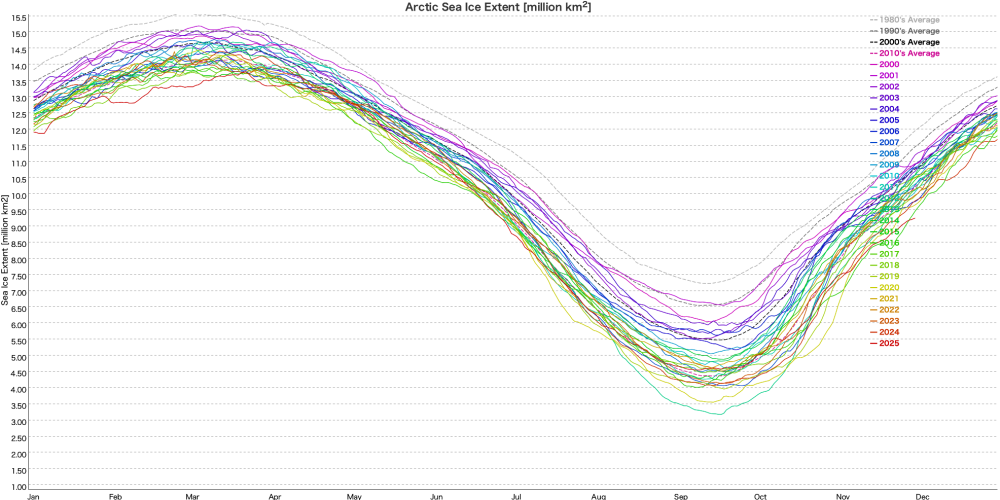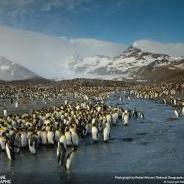La Niña on the horizon, will most likely last until January. Then back to neutral.
EL NIÑO/SOUTHERN OSCILLATION (ENSO)
DIAGNOSTIC DISCUSSION
issued by
CLIMATE PREDICTION CENTER/NCEP/NWS
14 August 2025
ENSO Alert System Status: La Niña Watch
Synopsis: ENSO-neutral is most likely through the late Northern Hemisphere summer 2025 (56% chance in August-October). Thereafter, a brief period of La Niña conditions is favored in the fall and early winter 2025-26 before reverting to ENSO-neutral.
During the past month, ENSO-neutral continued, with near-average sea surface temperatures (SSTs) established across most of the equatorial Pacific Ocean [Fig. 1]. With the exception of the easternmost Niño-1+2 index (+0.8°C), the latest weekly Niño SST index values ranged from -0.3°C to +0.0°C [Fig. 2]. Subsurface temperature anomalies in the eastern Pacific Ocean became weakly negative over the past month [Fig. 3], with below-average temperatures generally observed between 25- and 200-meters [Fig. 4]. Low-level wind anomalies were easterly over the east-central and eastern tropical Pacific, while upper-level wind anomalies were westerly over the west-central and eastern tropical Pacific. Convection remained enhanced over a small region of Indonesia and was suppressed over the western tropical Pacific [Fig. 5]. Collectively, the coupled ocean-atmosphere system in the tropical Pacific reflected ENSO-neutral.
The IRI predictions indicate ENSO-neutral is most likely to persist through the Northern Hemisphere winter 2025-26 [Fig. 6]. However, similar to last month, the North American Multi-Model Ensemble favors La Niña conditions for a short duration during the Northern Hemisphere fall and early winter. Based on this guidance and recent changes in the tropical Pacific, the forecast team narrowly favors La Niña thresholds being reached in three overlapping, 3-month seasons (Niño-3.4 index ≤ -0.5°C during September-November, October-December, and November-January). In summary, ENSO-neutral is most likely through the late Northern Hemisphere summer 2025 (56% chance in August-October). Thereafter, a brief period of La Niña conditions is favored in the fall and early winter 2025-26 before reverting to ENSO-neutral [Fig. 7].
This discussion is a consolidated effort of the National Oceanic and Atmospheric Administration (NOAA), NOAA's National Weather Service, and their funded institutions. Oceanic and atmospheric conditions are updated weekly on the Climate Prediction Center web site (El Niño/La Niña Current Conditions and Expert Discussions). A probabilistic strength forecast is available here. The next ENSO Diagnostics Discussion is scheduled for 11 September 2025.













.thumb.gif.9b04502f124e6c5b52c273d3945af714.gif)


